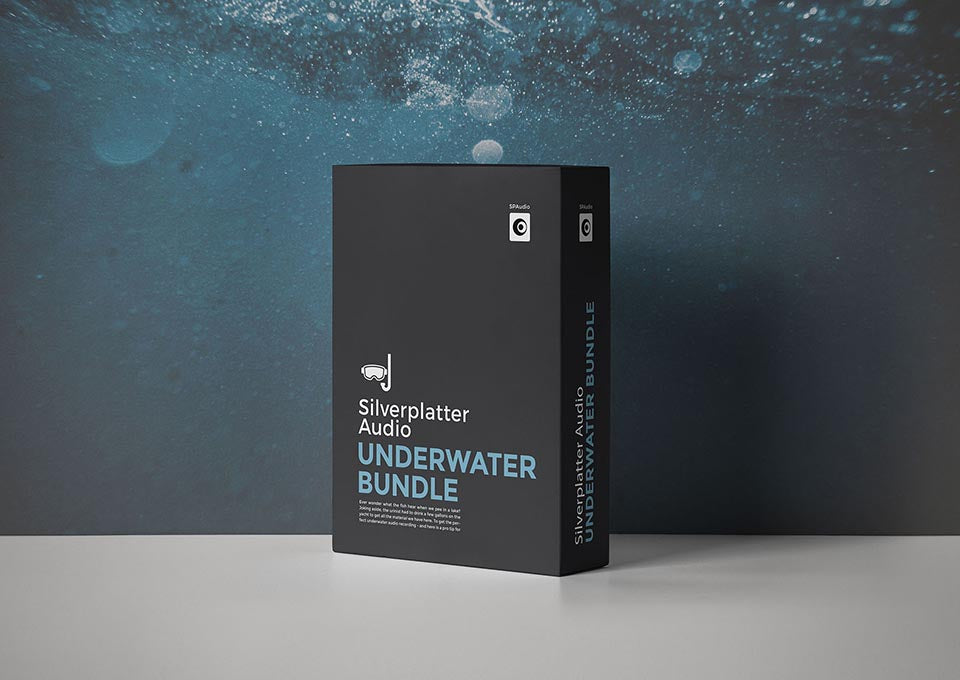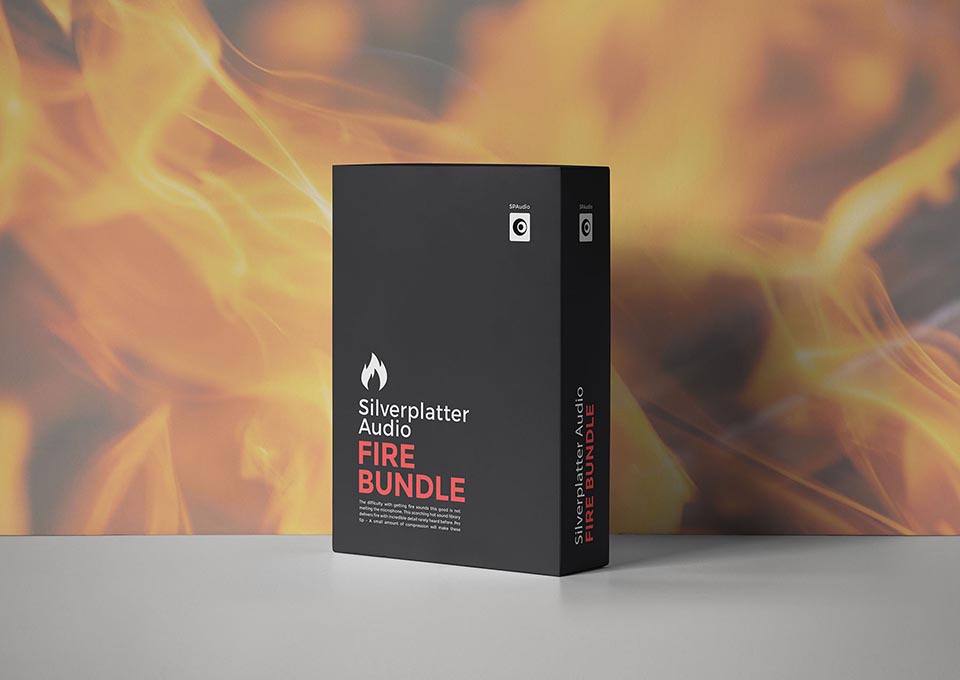Review of the Adphox BME-200 binaural microphones (2024)

A review and analysis of the Adphox BME-200 binaural microphones
With the ever-increasing popularity and interest of binaural recordings, companies are coming out with some pretty interesting products. The Japanese company Adphox answered the need in their own unique style with the BME-200 model.
The BME-200 aims to deliver high-quality, immersive audio experiences that cater to audiophiles and professional sound engineers alike. This model stands out due to its hand-crafted construction, limited supply, and unique design that sets it apart from other binaural microphones on the market. It combines ease of use with professional-grade performance, making it a versatile tool for both casual users and professionals seeking superior sound quality.
Opening the box
On opening the box, we could tell right away that we were dealing with a custom piece of hardware. The packaging is organic, well thought out and gives a feel of exclusivity. Indeed, the company states that the microphones are hand-crafted and that supplies are limited. There is an included travel carrying pouch, but we prefer the rather attractive hard-case box to transport the unit around. Included are also different sized ear inputs to accommodate different ear canal sizes for comfort.

Design and Features
The design is quite similar to that of a set of regular in-ear bud headphones, but with two 1/8th inch (aka minijack) wires – one for direct monitoring and one for recording. The microphones are placed at the outset of the headphone body, and not within in the ear. This has an impact on recordings in that it does not mimic hearing from within a natural ear shape. Some designs have in-ear placement of microphones, but that limits the direct monitoring feature, which is an aspect that you’ll need to consider. As with most other microphones of this kind, the BME-200 needs plug-in power in order to operate (1.3 – 10V).
Discreetness
In order to get natural recordings, sometimes we like to record discreetly, like in a bar, metro, in crowds, etc. and here is a microphone set that looks like a pair of headphones.
Wind
We noticed that in a situation with any wind, the recordings suffered. Luckily, the microphones come with their own custom small wind muffs which cleverly clip onto the mic at the base. This however will reduce the discreetness by a degree if you need that for your recording session.
Direct Monitoring
While recording, DM is excellent to get an idea of what you are listening to, but don’t be fooled or disappointed while using this feature. This is essential information to know. The actual recordings sound much better than what you hear while direct monitoring, so approach it more as a guideline than an exact print.
This is a microphone
The BME-200s are a pair of microphones - they are not “smart”. They are not Bluetooth, have no level control within them, no phone chat feature - but they are robustly designed to take whatever you throw at them.
Specs - Mic
The BME-200 uses a pair of omnidirectional microphones with an impedance of 1.6k. Sensitivity is -36.5 dB (1kHz 0dB=1V/Pa). Max input level is a whopping 150db SPL, while the frequency range is 30-20,000 Hz (but it’s actually higher - more on that below). Signal to noise ratio is 60dB.
Specs – Headphone Speaker
The frequency range of the speaker used for direct monitoring is just 100 – 10000 Hz, and that is why DM should not be taken as a precise reflection of the recording. In short, these do not double as hi-fi playback headphones, so save your deep music listening for your other headphones. However, these do work fine for listening to podcasts and so on. A missed opportunity here perhaps.
Performance Part 1 – Field Recording + Sweep
We used our Sony M10 portable recorder for the first set of our tests, a unit which perfectly suits due to the minijack inputs/outputs. We liked the responsiveness to the M-10’s wide power levels – the BME-200s took both low level and high-level recording in stride.
The first test we did was an urban soundwalk outside on a wet wintry day, walking along a street with passersby and light traffic, then into a store to get a feel for space transitions.
Upon listening back on the recordings, the wide immersive stereo image was exactly what one would hope for in a binaural recording. The range of the frequencies stood out with warm rich lows as a bus passes by, and crisp high crunchy footsteps of passersby. One problem though was that even with the wind buffs on, there was some wind interference even though it was not an overly windy day. There is a noise factor in the recordings as well, but we will address that in a later portion of this review. It was while analysing the spectrum of this recording that we noticed something surprising while a bus was passing – look at this image and notice the collection of high frequency data:

Interested, we isolated that sound which was imperceptible, and pitched it down an octave to see what was captured. It turned out to be super high frequency squeaks from the bus’s brakes. So the next test was to see what sort of data was being picked up with a sine sweep from 20 hz - 50 khz over 15 seconds. These microphones actually picked up data up to 43 khz. They also perfectly picked up the harmonics of the space the test was recorded in.

2 octaves pitched down, we’re hearing a 39 khz tone quite clearly:

So, for these tests which so for cover normal use for binaural recordings, we are impressed with the sound quality and frequency reponse. Next, we’re looking at the noise floor.
Performance Part 2 – Noise floor
In our first field tests, we used the Sony M10 as mentioned above. While the onboard mics are nothing short of amazing on it, the preamps are known to be a bit noisy as compared to other recorders. Verdict with the Sony M10 was that though good for soundwalks, recording low volume detailed sound was not going to pass our test.
So we took the BME-200s to our MIxPre3, in a sound-isolated chamber to get the most distilled data we could for our noise floor tests. For this, we emulated the classic “haircut” binaural test.
With the MixPre3, in an isolated environment, the BMEs hit an incredible -104.3db, again even better performance than their posted specs. These guys are introducing virtually zero noise floor. One could use these mics for very detailed, low volume recordings, with the right equipment.

Verdict
These are not Bluetooth capable, but are a pair of great microphones. Evidence points to exceptional sound quality, frequency range and virtually zero noise floor. We like the robustness and elite feel of these hand-crafted mics, as well as the stealth appeal and portability. The mic placement points away from the ear 180 degrees (risk of wind factor), which leads to a beautiful, wide stereo and somewhat binaural experience, but we must point out that we like when a binaural headset has microphones that are placed within the folds of the ear for closer to true human ear auditory emulation (we have to note here as well that neither the Sennheiser Ambeo nor the Roland CS 10EM has this feature). The headset monitors do not double as listening headphones, which is a lost opportunity, but they give enough of an idea as to what you are recording for pre-studio use, as mentioned above.
Final Verdict
The BME-200s, to us, are an excellent set of binaural microphones with superb sound quality. They do however come without modern bells and whistles – which on the bright side also means no reliance on tech like firmware updates, and so will never have issues like backwards compatibility.
Priced at 270$ USD.
-Paul
I'm the co-founder of Silverplatter Audio. We provide sound effects packs for sound designers, film editors and music producers.











